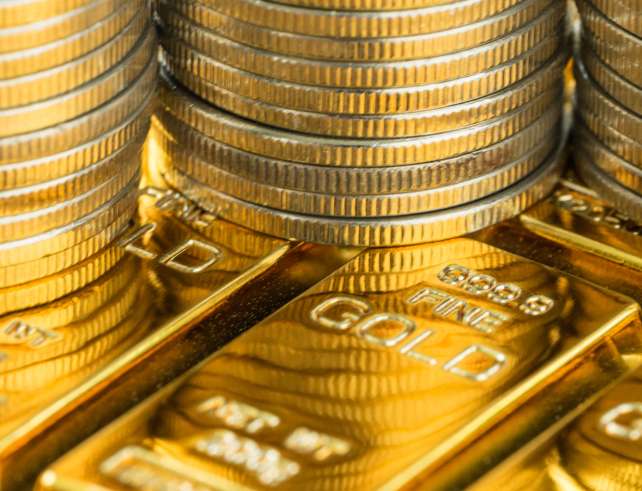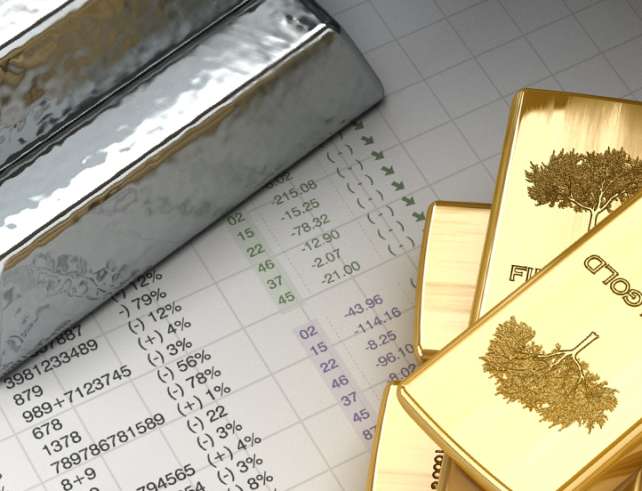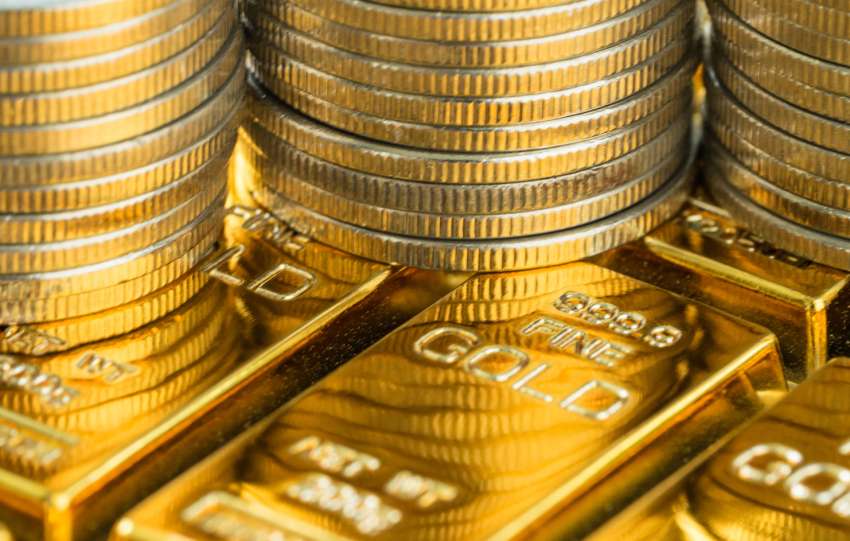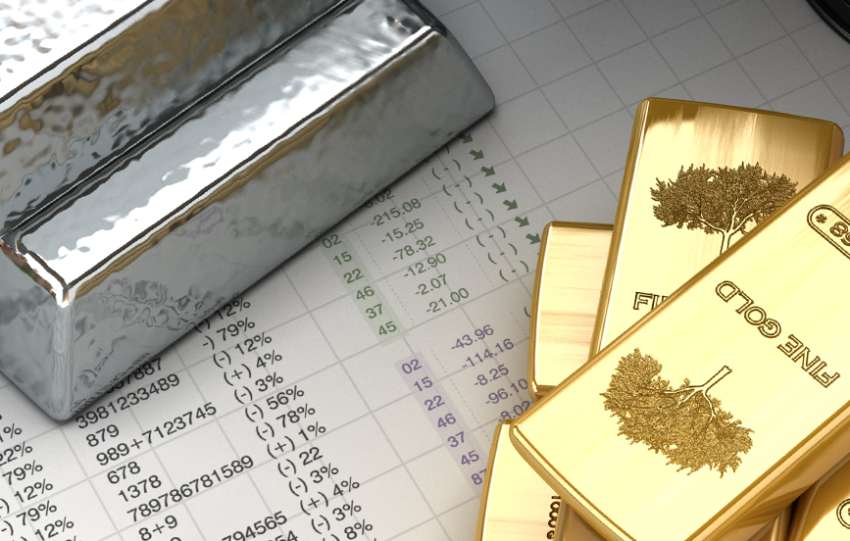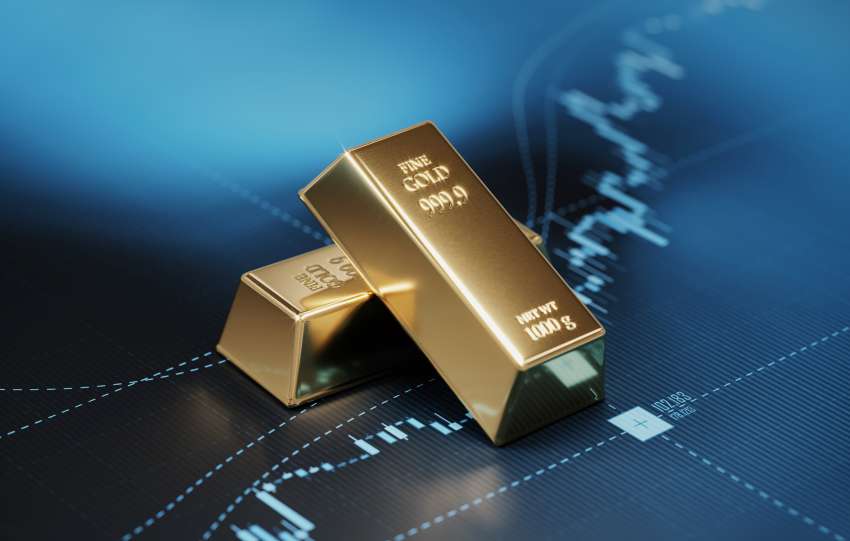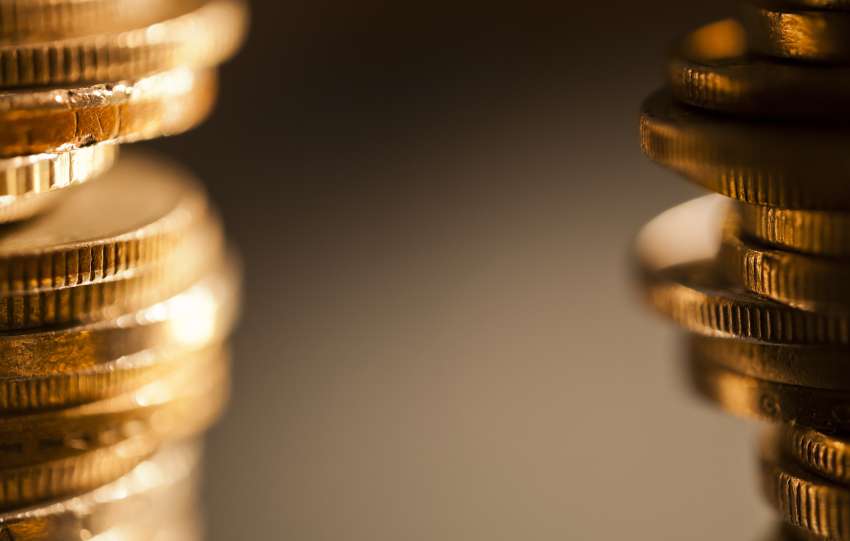In the world of gold bullion and collectibles, few names carry as much weight as the South African Krugerrand. This coin quickly became one of the most sought after currencies after its release. Over 50 years later, it still maintains the distinction of being the ‘most common gold coin.’
Even with a coin this popular, though, it’s important to understand what you’re buying. There are actually several variations of the Krugerrand. Unfortunately, distinguishing between them can prove difficult if you’re making a purchase online.
In this guide, you’ll learn how to differentiate between South African Krugerrand types along with everything else you need to know before making a purchase. Whether you’re aiming for collectability or a sound investment, knowledge is power when buying this gold coin.
What Is the South African Krugerrand?
Among government issued gold coins, the South African Krugerrand holds a special and respected place. At one point in 1980, these coins made up 90% of the global gold-coin market. Between 1967 and 2020, the country put out over 52 million ounces of these coins.
If these numbers seem over the top, it’s because they are. Of course, this doesn’t make them any less true. Even America — a country renowned for beautiful gold coins — imported 22 million Krugerrands between 1974 and 1985.
While collectors and investors envision a single coin when they think of the South African Krugerrand, there were actually several variations of it released. If you search for Krugerrands online, you may come across any of the following coinage:
- Half troy ounce Krugerrand
- Quarter ounce Krugerrand
- Tenth ounce Krugerrand
- 50th Anniversary ‘Premium Uncirculated’
- 50th Anniversary .999 Fine Platinum
- 50th Anniversary .999 Fine Silver
- Proof Krugerrands
The most obvious similarity between these coins is the appearance. Even the design on coins of varying bullion types remains consistent. This has been the case since the first production of the coinage back in 1967.
While you can buy gold bullion bars as an investment, the South African Krugerrand offers a bit more. Besides its artistic appeal, you’re securing a collectability factor that demands a higher premium. This is one of the many reasons collectors and investors alike love the coin.
South African Krugerrand Appearance
The Krugerrand has remained nearly unchanged throughout its history. The front features the profile of Paul Kruger — the 5th president of the South African Republic. The back showcases a Springbok antelope. Each coin also features the date of production and gold content.
Unlike other gold coinage throughout the world, the Krugerrand does not list a face value. This is because their precious metal content dictates the value. Even without a specific denomination listed, the government still considers the coin to be legal tender.
You’ll also notice the coin has a unique luster. This is at least partially attributed to its metal content. The coin is 91.67% gold and only 8.33% copper, so 22 karat gold was used to ensure quality. Such a high percentage of 24 karat gold would scratch and bend too easily.
Official Copycat Coinage
The popularity of the South African Krugerrand actually spurred other countries to produce their own gold coinage. The world saw large populations eager to own bullion, so they responded by putting their mints to work.
While these may not be “copycat coins” in the traditional sense, they certainly owe a great debt to the Krugerrand:
- Australian Nugget (1987)
- Canadian Gold Maple Leaf (1979)
- Chinese Gold Panda (1982)
- British Britannia (1987)
- American Gold Eagle (1986)
Even as more nations offer up their own gold bullion coins, the Krugerrand still accounts for a significant portion of the market. In fact, people had purchased more Krugerrands by 2017 than all other gold coins combined.
This claim to fame will probably change due to decreased gold output in South Africa. The country was once the global leader in production of the precious metal. In 1970, they brought over 1,000 tonnes up out of mines.
This number has reduced over time, and by 2020, South Africa fell out of the top 10 countries ranked by gold production. Demand for the coin remains high, though, so the country will no doubt continue making them. With lessened gold supply, though, demand may soon skyrocket.
Why Is the Krugerrand So Popular?
There are a variety of reasons the South African Krugerrand became so popular among investors. One chief reason is that Americans could not own gold bullion legally when the coins came out. It was admissible, however, to own foreign coinage.
Of course, it also didn’t hurt that the coins were so readily available. A country holding over 75% of the world’s gold reserves in 1970 had plenty to work with, and they took full advantage of that fact. Availability isn’t the only thing, though, that still drives the Krugerrand’s popularity.
Consider these facts that appeal to collectors and investors alike:
- Exchangeable as legal tender for the cash value of gold.
- Lower cost than other popular gold bullion coins.
- Created for circulation, so they’re extremely durable.
- Highly liquid due to historic popularity.
South African Krugerrand mintage numbers vary by year, but mints have released as many as 6 million coins during a 12-month period. While production and demand for the coin went down during the 1980s — owed to the country’s Apartheid policies — its popularity has certainly returned.
As with all valuable and collectible gold coins, though, this popularity has a double-edged sword. When the demand for an item remains high consistently, you can expect counterfeits to hit the market.
Avoiding Counterfeit Krugerrands
There are many fake Krugerrands out on the market, and at first glance, they often appear to be flawless reproductions. Many of these coins come out of China, and they’re typically made of tungsten with a gold plating. Fortunately, there are ways to avoid these fakes.
The biggest step you can take to ensure the legitimacy of your South African Krugerrand coin is to buy from a reputable dealer. While you may think you’re getting a good deal at pawn shops or online marketplaces, these sellers might not do much to verify authenticity.
By purchasing your coins from a reputable dealer like Silver Gold Bull, you’ll have a guarantee that your gold coinage comes directly from the mint. The following are a few additional steps you can take to ensure you’re purchasing a legitimate Krugerrand:
- Check the color: Fake coins are more golden yellow than true Krugerrands. Real coins appear more rose gold colored.
- Devil in the details: Even minor missing details — such as absent horn rings on the Springbok — can indicate a counterfeit.
- Check measurements: The 1-ounce Krugerrand has a diameter of 32.77 mm and a thickness of 2.84 mm.
- Weigh the coin: A 1-ounce South African Krugerrand weighs 33.93 grams.
- Know variation specifics: Measurements can change between variations of the Krugerrand. A half ounce coin, for instance, only has a diameter of 27.07 mm.
Even knowing these telltale signs, however, isn’t enough to ensure legitimacy. The best counterfeiters in the world work tirelessly to make duplicates as close to the original as possible. There’s a ton of money to be earned with fake gold coins, so criminals often strive for perfection.
If you’re unsure of the legitimacy of a South African Krugerrand, it simply might be best to walk away. This is particularly the case if the price seems “too good to be true.” Because typically, that’s exactly what it is.
Deal directly with reputable gold bullion companies and you’re far less likely to encounter a fake.
Buy South African Krugerrands Today
While there are many gold coins available on the market, the Krugerrand no doubt makes up the bulk. With gold production in South Africa steeply decreasing in recent years, though, this might eventually change. As we wait to see if this happens, demand for these coins continues to rise.
Even if South Africa’s gold production continues to drop, Krugerrands will no doubt remain easily available. They made up one-fourth of all global gold coins sold in 2016, so the market remains flush with this popular currency. With precious metal demand rising, though, prices could soon surge.
Visit the African Gold Coins Page at Silver Gold Bull today. You’ll find an extensive collection of South African Krugerrands of various sizes. Whether you’re looking to buy several rolls of 1-ounce coins or simply “dip your toes in” with a tenth of an ounce, you’ll find exactly what you need.



